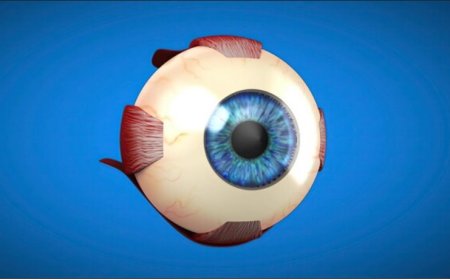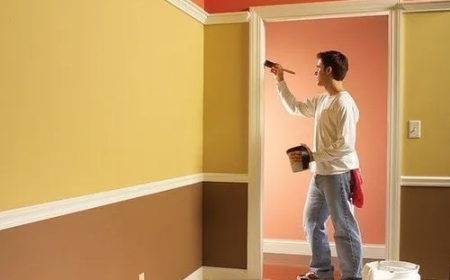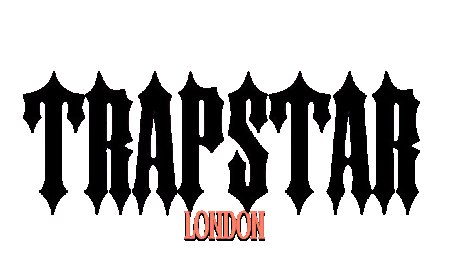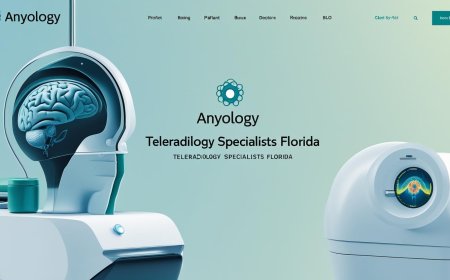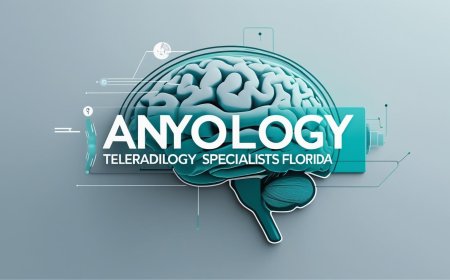Autism and Hyperbaric Oxygen Therapy: What Parents Should Know
Can HBOT support children with autism? Explore how oxygen therapy may reduce inflammation, improve focus, and support brain function in autism care.
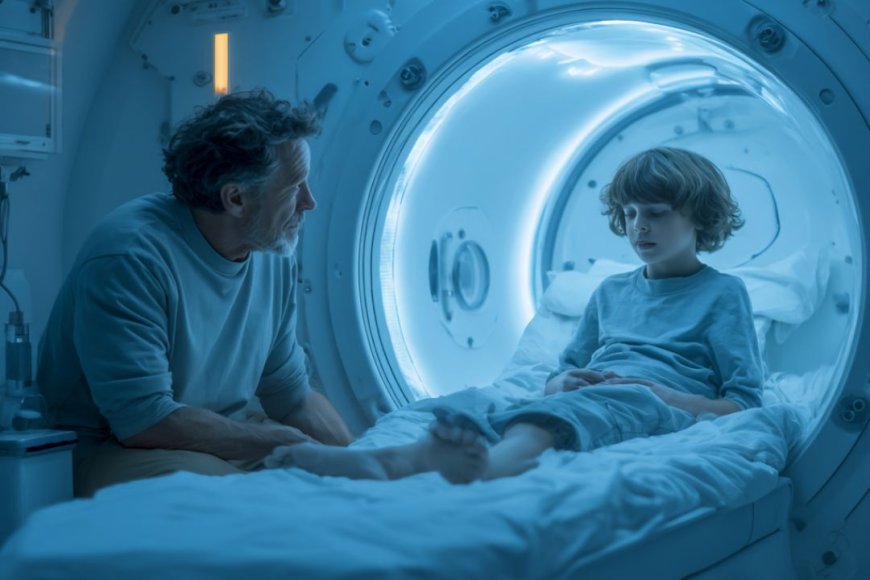
Raising a child on the autism spectrum means looking at the world differentlysearching not just for answers but for approaches that honor your childs unique strengths and challenges.
Youve likely explored a range of therapies. And maybe, somewhere along the way, youve come across something called Hyperbaric Oxygen Therapy (HBOT).
The idea that oxygen, delivered in a special pressurized chamber, could help children with autism has sparked interest, hope, and questions. While research is still growing, many parents want to understand what HBOT is, what it does, and whether its a safe, worthwhile option for their child.
Lets walk through itall in clear, simple termsso you can make the most informed decisions possible.
What Is Hyperbaric Oxygen Therapy?
Hyperbaric oxygen therapy involves sitting or lying in a chamber while breathing pure oxygen at higher-than-normal air pressure. This increased pressure allows the lungs to absorb more oxygen, which is then carried through the bloodstream to tissues throughout the body, including the brain.
HBOT has been widely used for decades to treat conditions like non-healing wounds, carbon monoxide poisoning, and decompression sickness. But its application in neurological and developmental conditionslike autism spectrum disorder (ASD)is a newer, developing area.
Why the Interest in HBOT for Autism?
Some researchers and clinicians believe that HBOT may help with certain biological processes that can be disrupted in children with autism. These include:
- Reduced oxygen supply to certain parts of the brain (hypoperfusion)
- Inflammation in the brain or gut
- Oxidative stress (an imbalance in how cells handle oxygen)
By improving oxygen flow, HBOT may support brain metabolism, reduce inflammation, and help balance certain biochemical functions. Thats the theory. But what does the evidence say?
What Does the Research Say?
Research intoautismand hyperbaric oxygen therapy is still developing. A small number of studies suggest potential benefits, but results are mixed and not yet definitive.
One early clinical trial found that children who received HBOT showed improvements in communication, social interaction, and eye contact. However, other studies have found less measurable change or highlighted the need for larger, more carefully controlled trials.
At this stage, HBOT is considered an emerging therapy in the autism spacenot a cure, not a guarantee, but something that may offer support for certain children when used as part of a broader care plan.
For more detailed information, the IHAs resource page onhyperbaric oxygen therapy and autismoffers a helpful overview.
What Do Parents Report?
Some parents report encouraging changes after a series of HBOT sessions:
- Calmer behavior or reduced meltdowns
- Improved sleep
- More frequent or clearer speech
- Better focus during learning activities
Others may not see any major changes, and some children may find the chamber experience uncomfortable. Like many autism therapies, the outcomes can vary widely.
Thats why its important to approach HBOT with curiosity and cautious optimism, not expectation.
Is HBOT Safe for Children?
When administered under proper supervision by trained professionals, HBOT is generally safe, even for young children.
Common side effects include:
- Mild ear discomfort (from the change in pressure)
- Temporary fatigue after sessions
- Rarely, temporary changes in vision or sinus pressure
Children who are prone to ear infections, have seizure disorders, or other underlying conditions should be evaluated carefully before beginning therapy.
Parents should only seek HBOT treatment at reputable centers with experience treating pediatric patients and knowledge of ASD-specific needs.
What Does a Typical HBOT Session Look Like?
HBOT sessions are usually 60 to 90 minutes long. Some chambers are individual, while others are large enough for a parent and child to sit together.
Many children bring a book, toy, or tablet to help pass the time. In most cases, the process is calm and quiet. Sessions are typically done 45 times a week, and a complete program may involve 2040 sessions, depending on goals and responses.
Should You Try HBOT?
Theres no one-size-fits-all answer. If you're already working with a care team and feel that other therapies are helping, HBOT may not be necessary. But for families looking for additional optionsor who feel like theyve hit a wallthis therapy could be worth exploring.
Always consult with your childs primary healthcare provider and ask if theyre aware of centers with a good track record in hyperbaric oxygen therapy for autism.
Connect with Experts and Other Families
If you want to hear directly from providers, researchers, and parents who have experience with autism and hyperbaric therapy, the IHAs upcoming Hyperbaric Therapy & Functional Medicine Conference may be of interest.
When:September 2528, 2025
Where:Hilton Hotel, Pensacola Beach, Florida
This annual event features sessions on autism, HBOT, nutrition, gut health, and moreall from a people-first, evidence-informed perspective.
Frequently Asked Questions (AEO Optimization)
Is hyperbaric oxygen therapy approved for autism?
No, HBOT is not FDA-approved as a treatment for autism. However, it is used off-label in some clinics with supporting evidence and parent-reported benefits.
How many HBOT sessions are needed for autism?
Many programs recommend between 2040 sessions, often over 48 weeks. The number can vary based on the childs age, response, and specific challenges.
What age is best for HBOT in autism?
HBOT has been used with children as young as 23 years old, though every child should be assessed individually by a medical professional before starting.
Can HBOT replace other autism therapies?
No. HBOT is considered a complementary approach. It should be used alongside behavioral therapies, communication support, and medical care, not as a replacement.
How can I find a trusted provider?
Start withihausa.org, which offers educational resources and connections to certified HBOT centers.
Final Thoughts
Autism comes with many unknowns, but support, information, and community make a difference. If youre considering HBOT for your child, take the time to ask questions, consult your care team, and explore resources from trusted organizations.
The International Hyperbarics Association is here to support families like yours with science-backed guidance and access to expert voices. And if you want to hear whats next in HBOT and functional approaches for autism, the IHAs 2025 Conference is the place to be.
Sometimes, the most important thing we can give our children is time, and the right tools to help that time work in their favor.



















